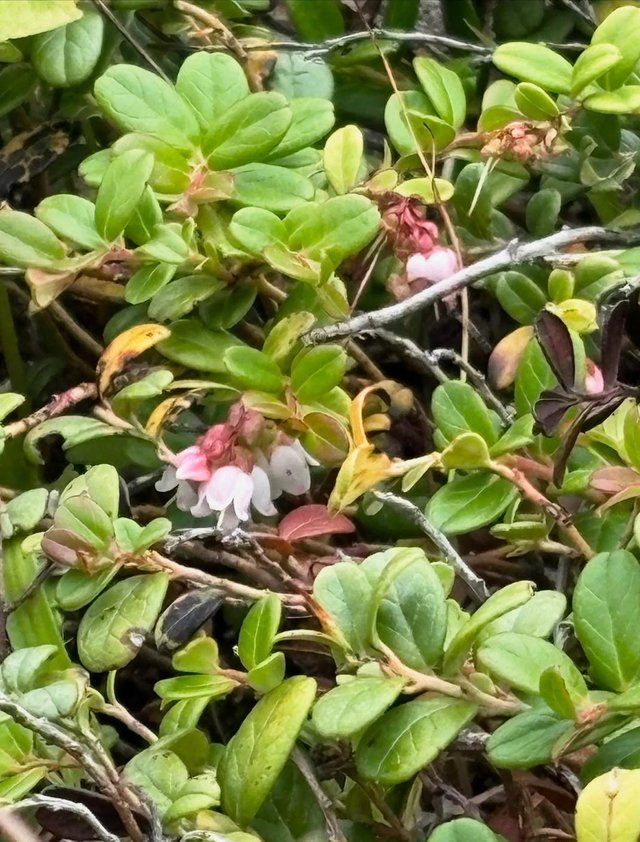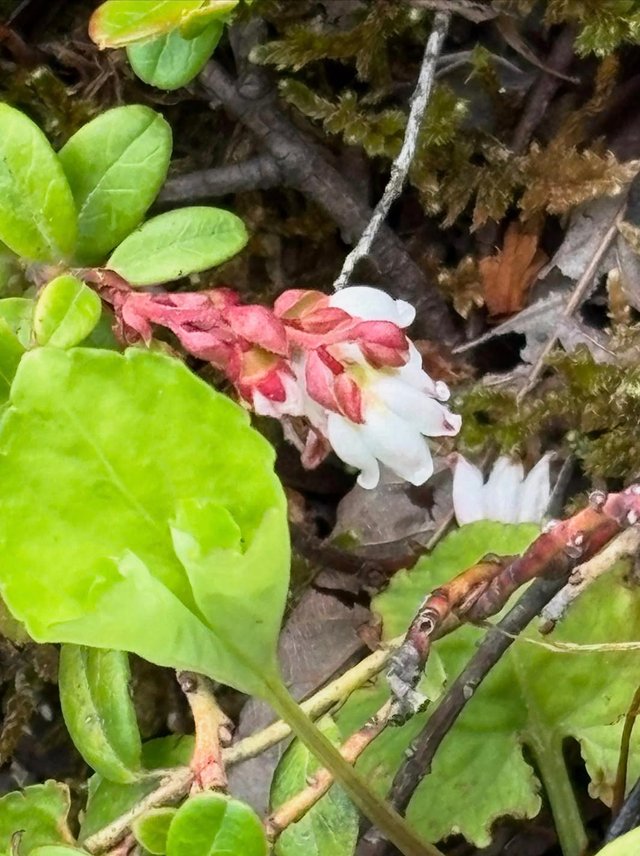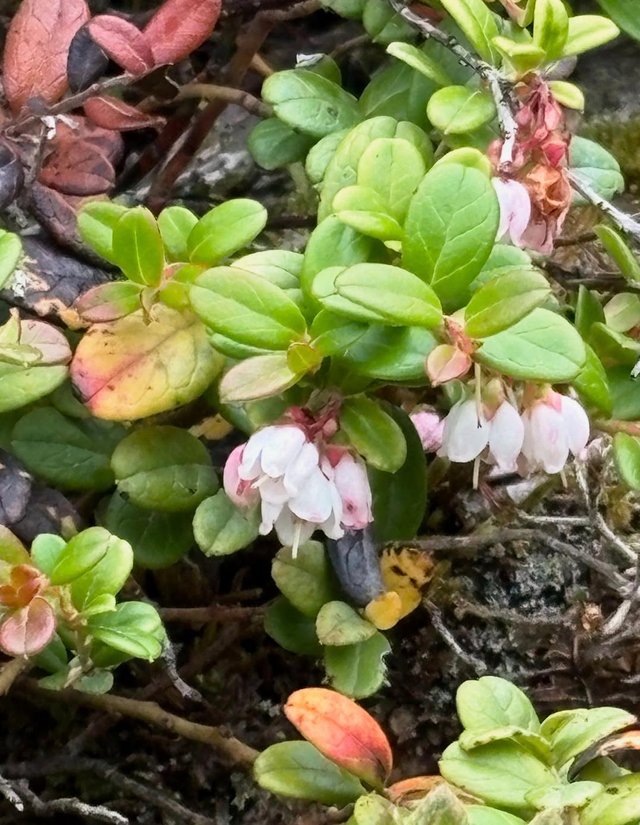Lingonberry Flower
The Lingonberry flower is a delicate yet resilient bloom found in the wild boreal forests and arctic tundras of the Northern Hemisphere. While small and often overlooked, this flower plays a crucial role in the lifecycle of the lingonberry plant, which is famed for its tart, ruby-red berries used in jams, syrups, and traditional Nordic cuisine.
Despite its fragile appearance, the lingonberry flower is adapted to survive in harsh conditions, including cold temperatures, acidic soils, and low light environments common in boreal forests.Lingonberry flowers are primarily pollinated by insects—particularly bees and flies. Their bell-shaped blossoms are well-suited for bee foraging, and the plant's long blooming period allows for extended opportunities for pollination.What’s fascinating is that lingonberries are self-fertile but benefit greatly from cross-pollination, which can result in a more abundant and healthier berry yield. After successful pollination, the flowers give way to bright red berries by late summer or early fall.
Lingonberries are valued for their tart, slightly sweet flavor and are rich in antioxidants, vitamins A, C, and E, and beneficial plant compounds. Without the flower, this entire process wouldn’t be possible—the bloom is a vital link in the life cycle of the plant.In many Northern cultures, lingonberry jam is a traditional accompaniment to meat dishes, pancakes, and cheese. The berries are also widely used in natural medicine to treat urinary tract infections and inflammation.



